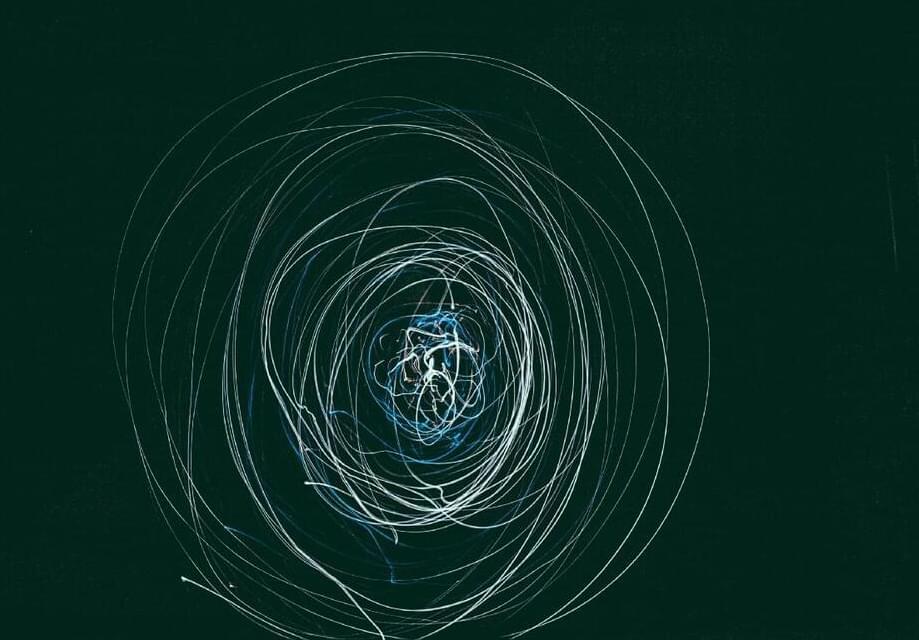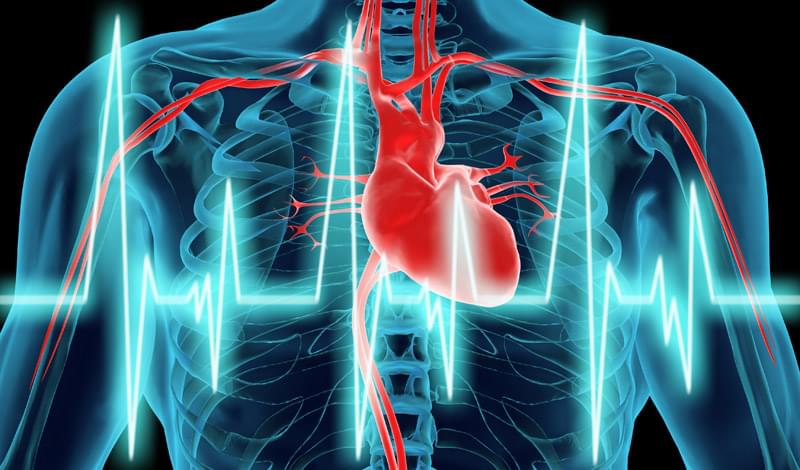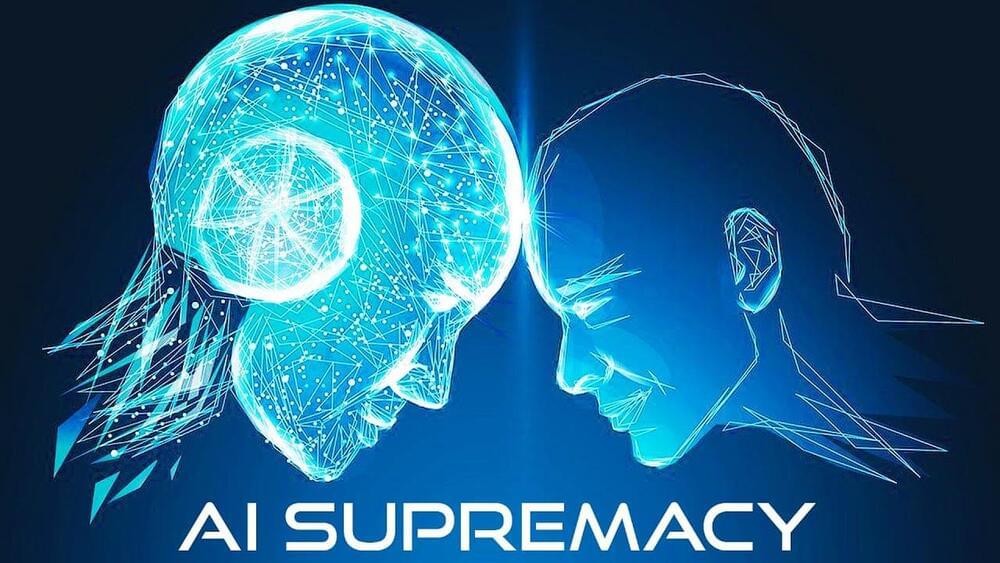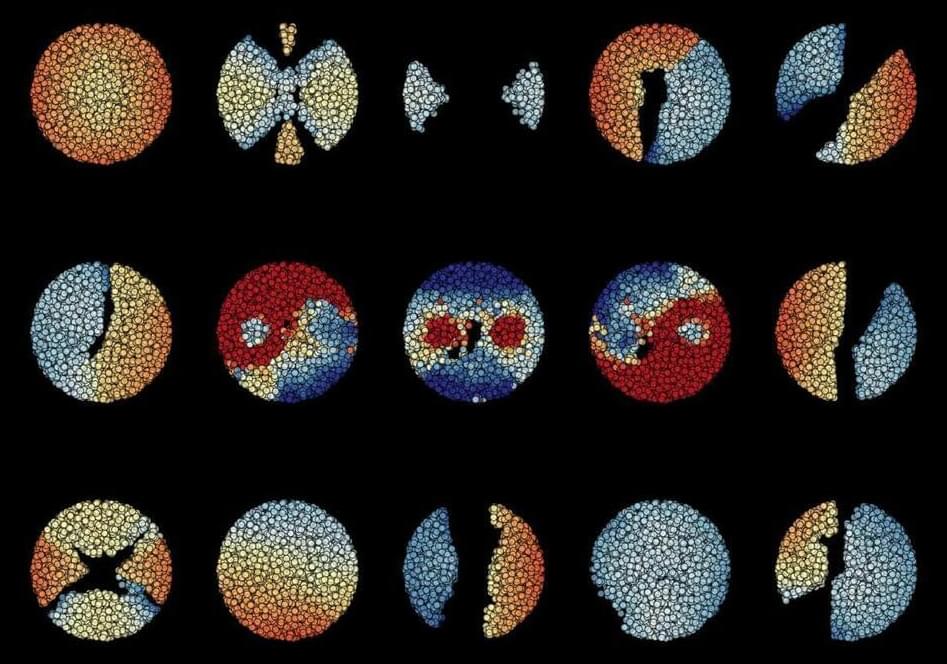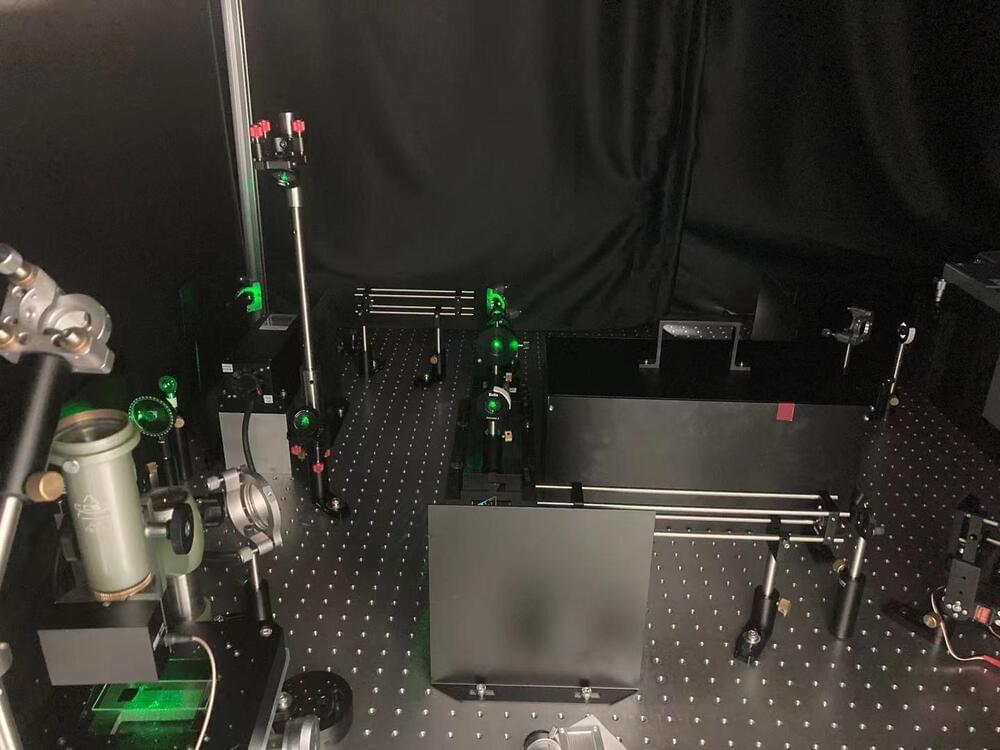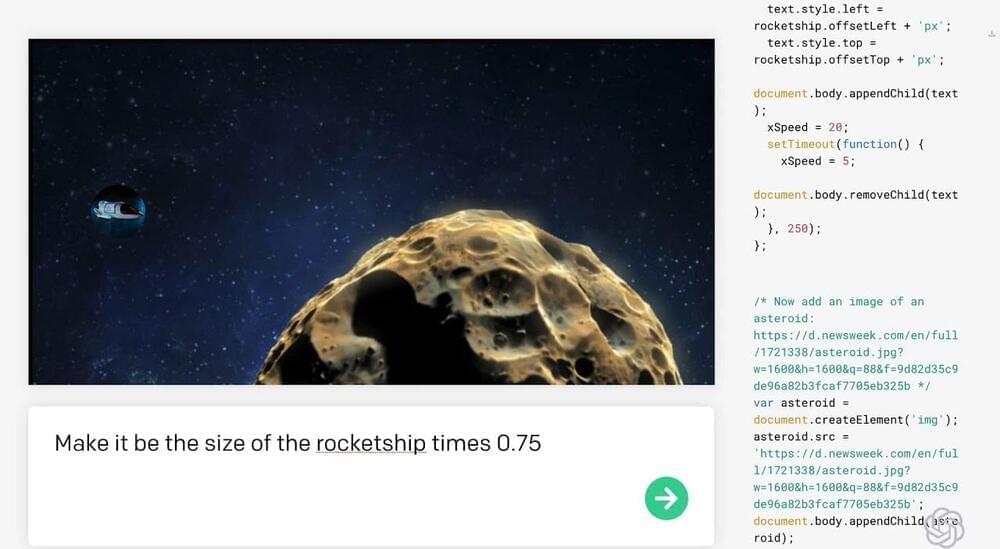Nov 2, 2021
Deep Reasoning: Is this the Next Era of AI?
Posted by Kelvin Dafiaghor in categories: information science, robotics/AI
Thanks to this new category of algorithms that has proved its power of mimicking human skills just by learning through examples. Deep learning is a technology representing the next era of machine learning. Algorithms used in machine learning are created by programmers and they hold the responsibility for learning through data. Decisions are made based on such data.
Some of the AI experts say, t here will a shift in AI trends. For instance, the late 1990s and early 2000s saw the rise of machine learning. Neural networks gained its popularity in the early 2010s, and growth in reinforcement came into light recently.
Well, these are just a couple of caveats we’re experienced throughout the past years.
